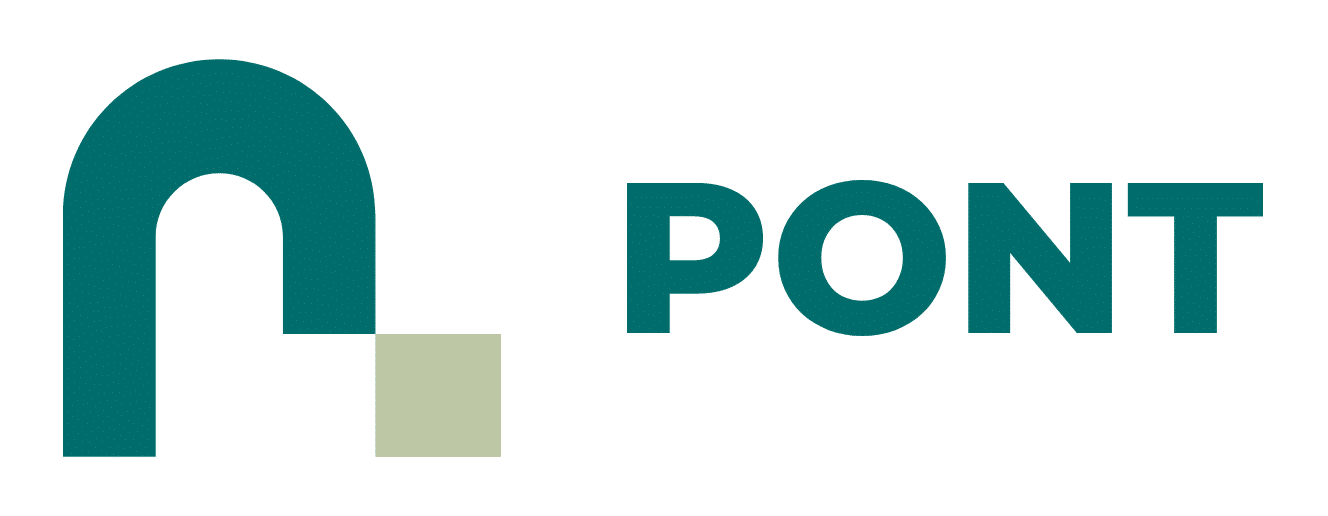by Guy Harrison
As 2025 approaches, the wealth, trust and corporate services sector faces a defining moment. Confronted with increasing regulatory complexity, rising client expectations and persistent data quality challenges, firms are under increasing pressure to modernise. As highlighted in the Quantios global survey of wealth, trust and corporate services providers as well as private banks, family offices and wealth managers, 71% of firms aspire to build a scalable business to support growth while controlling costs. Yet, the slow adoption of digital solutions as well as mounting regulatory and market pressures facing firms, may cause those costs to spiral out of control. Or worse, those firms that fail to adapt risk diminished profitability, regulatory fines, data breaches and missed opportunities for growth.
As 2025 approaches, leaders must now conduct a rigorous assessment of their technological readiness and prioritise resources to keep pace with the rapid evolution of the sector. Let’s explore the five most pressing trends reshaping the landscape and highlight how firms can adapt for the year ahead.
Digital transformation will be the foundation for competitive business
While 83% of firms agree that digital transformation is vital for staying competitive, many are still held back by outdated processes, immediate issues and infrastructure challenges. Couple this with challenges such as half (50%) of firms struggling to quantify the ROI of digital initiatives – which aligns with recent industry trendsi – overcoming resistance to change within the organisation (44%) or insufficient budget allocation (36%), all of which are holding firms back from achieving their digital transformation goals.
These barriers often lead to a cycle of reactive “fire-fighting,” where immediate operational issues overshadow long-term strategic goals. As 2025 brings even tougher market conditions, underinvestment in technology risks exacerbating bottlenecks and tightening budgets further, leading to outdated systems staying in place.
The firms that’ll come out on top in 2025 will be those that shift their focus from short-term fixes to creating scalable, adaptable digital systems. Investments in cloud-based solutions and Software-as-a-Service (SaaS) platforms will prove to be particularly impactful, as they offer flexibility, scalability and long-term cost efficiency for those looking to remain competitive.
AI will continue to dominate the market
Like most sectors, AI is – and will continue to play – a huge part of the wealth, trust and corporate services sector throughout 2025. However, data reveals that 70% of respondents agree or strongly agree that their firm is still reliant on multiple legacy systems and manual processes. These outdated processes are hindering firms’ ability to seamlessly adopt new technologies like AI, making it a top business challenge with a YOY increase of 14%.
The reliance on outdated, manual processes not only inflates costs but often leads to poor data quality. Accurate, high quality and secure data is critical when it comes to AI. After all, the quality of data – identified as a top business challenge by 45% of firms – can undermine AI’s potential by compromising insights and efficiency, making it difficult to implement.
In 2025, moving to modern, AI-enabled platforms will be essential to unlocking new levels of productivity and meeting the demands of an increasingly complex regulatory environment as well as the demands of clients.
Client expectations will take centre stage in 2025
Clients now expect seamless, technology-driven experiences that align with the conveniences they enjoy in other aspects of their lives. And 2025 will see this accelerate within the sector.
Younger generations – now forming a large part of the sector’s clientele – accustomed to open banking, instant payments and real-time investment apps, will inherit more wealth. With an estimated £1 trillion transferring from baby boomers to Gen X and millennials throughout the 2020sii, firms must adapt.
However, the gap between client expectations and what many firms can deliver is growing. Over 73% of respondents acknowledge that their firm could improve its digital offerings, and 36% admit they’re currently not delivering exceptional digital services that align with client needs.
Client retention is becoming a top priority, with 44% of respondents identifying that, and client acquisition, as a key focus over the next five years. However, younger generations are much more likely to switch financial advisors if they aren’t using emerging tech todayiii, let alone within five years. Without clients, the bottom line will erode quickly. Throughout 2025, we’re likely to see a large number of clients take their business elsewhere if firms fail to keep up.
Technology will be a deal-breaker for M&As
Those firms considering a sale, merger or acquisition in 2025 must understand the pivotal role technology investment plays in attracting potential buyers. More buyers simply prioritise targets with strong, modern technology infrastructures that can easily integrate post-mergeriv. Having a back-office system in place that has, “Moved away from paper towards electronic,”v is now a necessity.
Despite this, 21% believe that using spreadsheets and manual processes remains sufficient for their M&A needs, which creates integration challenges and impacts valuation. As everything becomes more digitalised, from regulations to client data, manual processes will only lead to firms falling short.
In 2025, investments in SaaS platforms and unified digital systems will be critical for firms aiming to attract buyers and capitalise on strategic growth opportunities. Additionally, firms will increasingly expand into new markets or service lines, with 41% likely to explore geographical growth and 40% to focus on acquisitions to broaden their offerings.
Keeping pace with regulatory demands
With 41% of firms spending up to six months annually on compliance activities, the regulatory landscape is becoming an ever-greater strain on resources. In fact, 90% of respondents agree that the regulatory burden is continually increasing, underscoring how businesses are grappling with compliance challenges across multiple jurisdictions.
In 2025, the regulatory landscape is set to become more complex, meaning that the risk of firms missing deadlines and gaining reputational damage increases. Success will depend on a firm’s ability to use technology that simplifies the compliance process across jurisdictions. Therefore, firms will be forced to invest in the right solutions to not only remain competitive but also position themselves as leaders in an industry increasingly shaped by regulation.
Looking ahead to 2025
The challenges of 2025 are undeniable, but they’re also opportunities for transformation. Firms that fail to act decisively risk falling into cycles of inefficiency and diminished competitiveness. Prioritising scalable solutions and aligning technology investments with the trends of the industry, as well as long-term business goals will be key.
Digital transformation isn’t just about keeping up with the competition, it’s about future-proofing the business. Success will hinge on balancing innovation with practical execution. 2025 will be the year for firms to adapt and position themselves for long-term success.
The author, Guy Harrison, is a CEO at Quantios.
[*1] https://www2.deloitte.com/us/en/insights/topics/leadership/maximizing-value-of-tech-investments.html
[*4] https://www.bain.com/insights/wealth-and-asset-management-m-and-a-report-2024/






